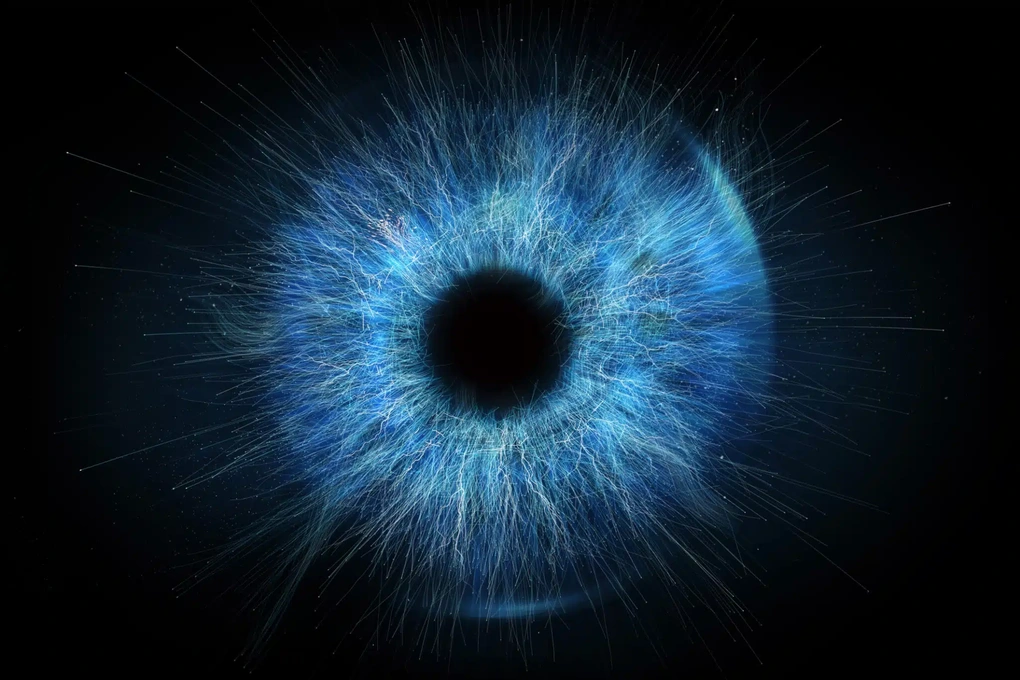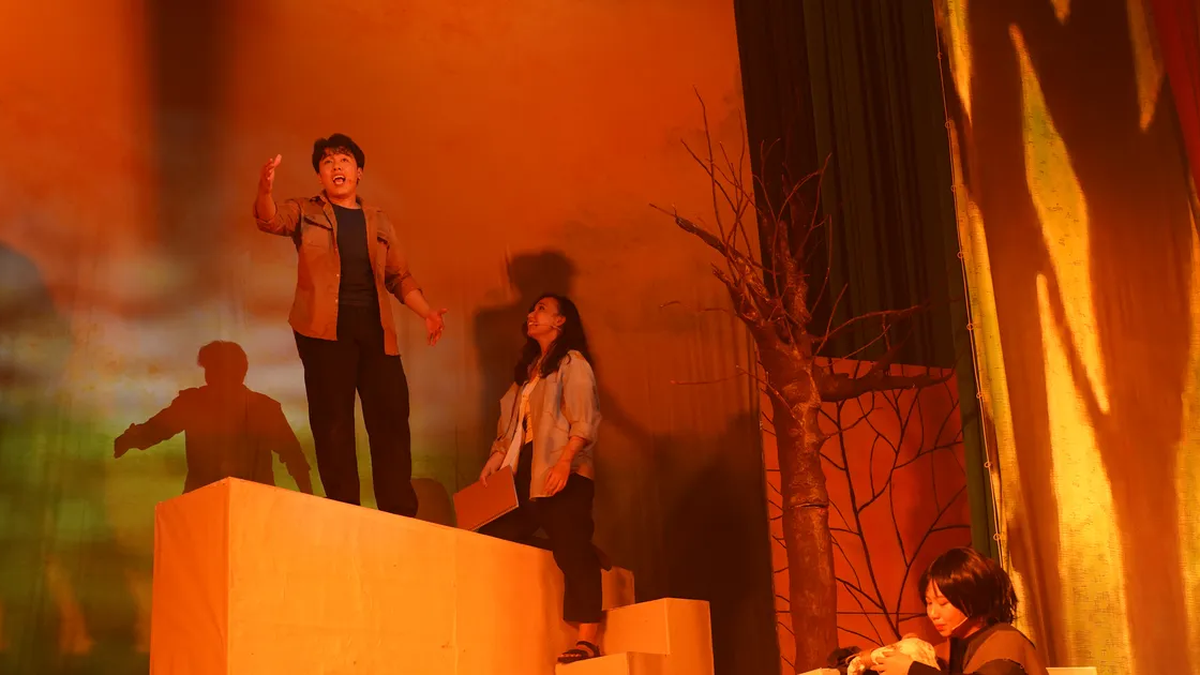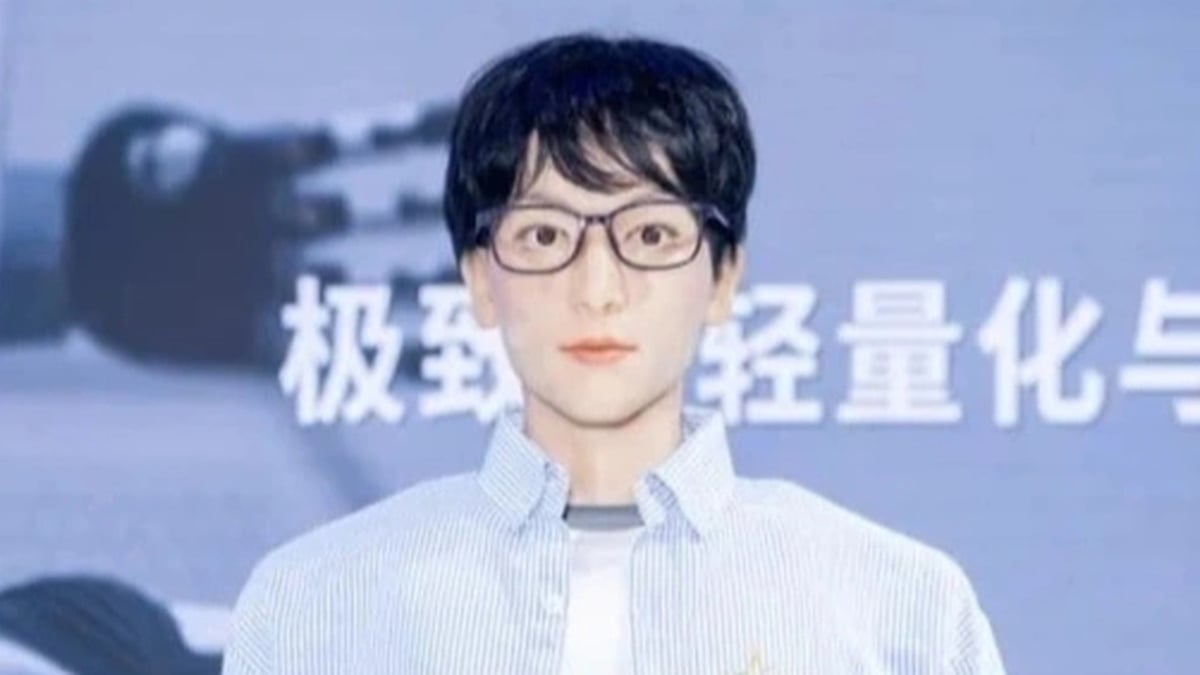
The secret lies in your brain - a master magician, constantly adjusting and smoothing everything you see, without you even knowing it (Photo: SP).
Reality or illusion?
Try this one, open your phone's camera in video mode and stare at the screen like a viewfinder. You'll see shaky, slightly distorted images and a lack of smoothness.
But this is the true reflection of what your eyes actually perceive.
The difference is that the brain intervenes to adjust, smooth, and stabilize the image, turning the chaotic visual experience into a seamless and pleasant flow.
Live in the past to survive in the present
Researchers from the University of Aberdeen and the University of California, Berkeley, have published a groundbreaking discovery in the journal Science Advances: Our brains do not perceive the world in real time.
Instead, it relies on the last 15 seconds to create a coherent and fluid visual image of its surroundings. In other words, we live in a natural optical illusion that constantly makes us perceive the past, not the present.
Every second, our eyes take in a series of unstable images, constantly changing due to light, perspective, distance, movement, blinking, and objects appearing or disappearing.
Yet everything seemed stable. Objects weren't moving around, faces weren't distorted, and the world wasn't shaking like in an amateur video.
Because our brain performs a “time smoothing” process. It not only analyzes the current moment, but also averages the visual information received in the previous seconds.
This mechanism, called sequential dependence, causes us to perceive objects as similar to those we've seen before, creating the illusion of visual continuity—a world that appears stable, even when it's not.
An illusion, but a necessary one
The research is backed up by a series of interesting experiments. For example, when participants watched a face gradually age (from young to old or vice versa), they largely underestimated or overestimated the actual age of the face based on previous images.
This suggests that our current visual perception is strongly influenced by past images, as if the brain refuses to reset everything moment to moment.
Instead, it chooses to combine the data into a coherent, understandable, and less confusing image. This is not a bug, but an important feature for maintaining cognitive stability in a chaotic visual context.
However, this mechanism also has its drawbacks. Anchoring ourselves to the recent visual past can blind us to subtle changes.
This phenomenon is called “change blindness”: An object that has changed or moved can escape our attention because the brain has not had time to update its image.
Another related phenomenon is inattentional blindness, which occurs when a visible element is not perceived simply because our attention is directed elsewhere.
These biases suggest that our perception is less objective than it appears and is shaped by immediate memory, attention, and the priorities our unconscious brain sets to ensure coherence.
Practical application
The research is not only academic but also has significant practical implications.
It inspired smartphone video stabilization technologies that mimic the way our brains naturally work.
Also sheds light on neurological disorders that affect visual perception or attention.
A better understanding of how the brain continuously reconstructs reality could help design visual assistive systems, more natural immersive interfaces, or effective cognitive diagnostic tools.
More importantly, these findings remind us of a startling truth: What we see is never quite what we really are. For our own comfort, our brains prefer a stable version of the world to a raw, uncertain reality.
It deliberately delays us for a few seconds and it is thanks to this mechanism that humans can see clearly in the chaos of the present.
Source: https://dantri.com.vn/khoa-hoc/nao-bo-luon-lua-doi-ban-chung-ta-chi-nhan-thuc-the-gioi-tu-15-giay-truoc-20250722102759244.htm






































































































Comment (0)